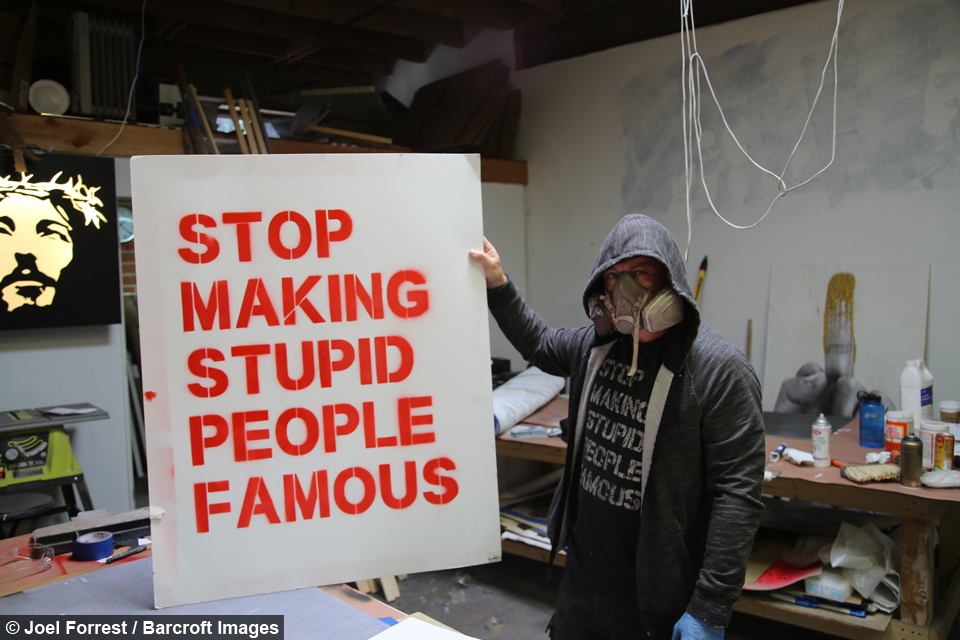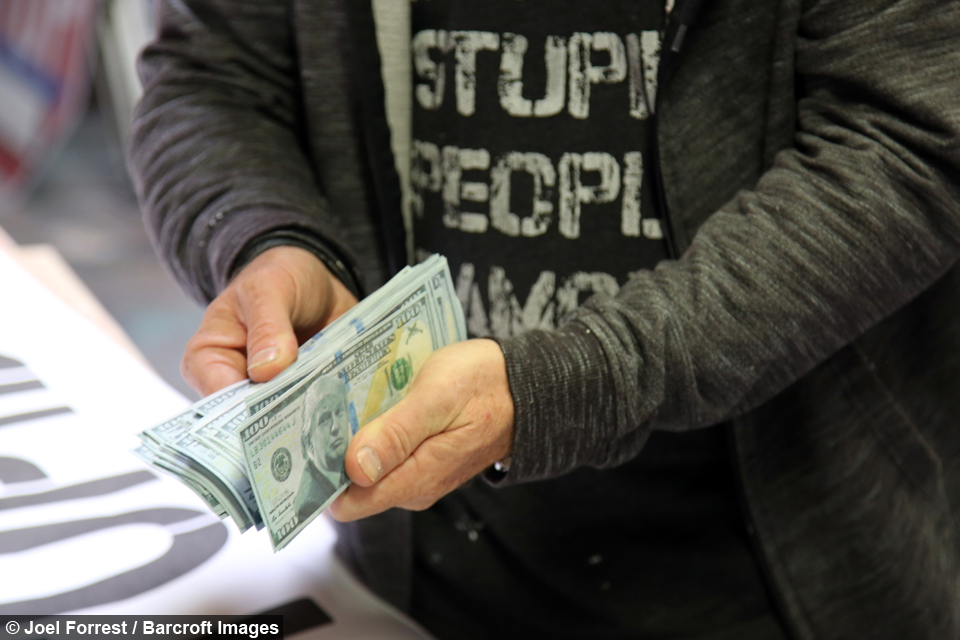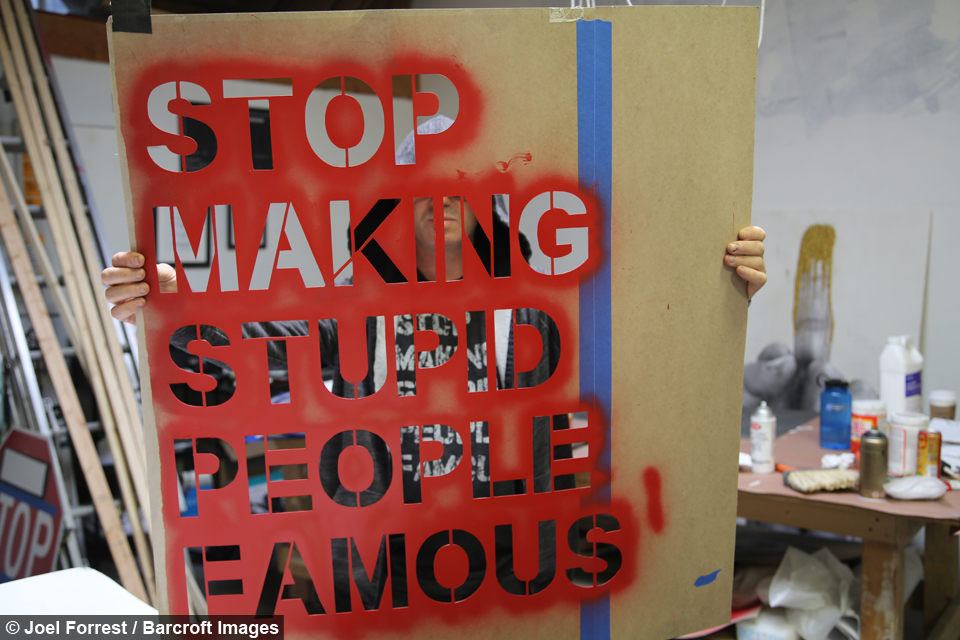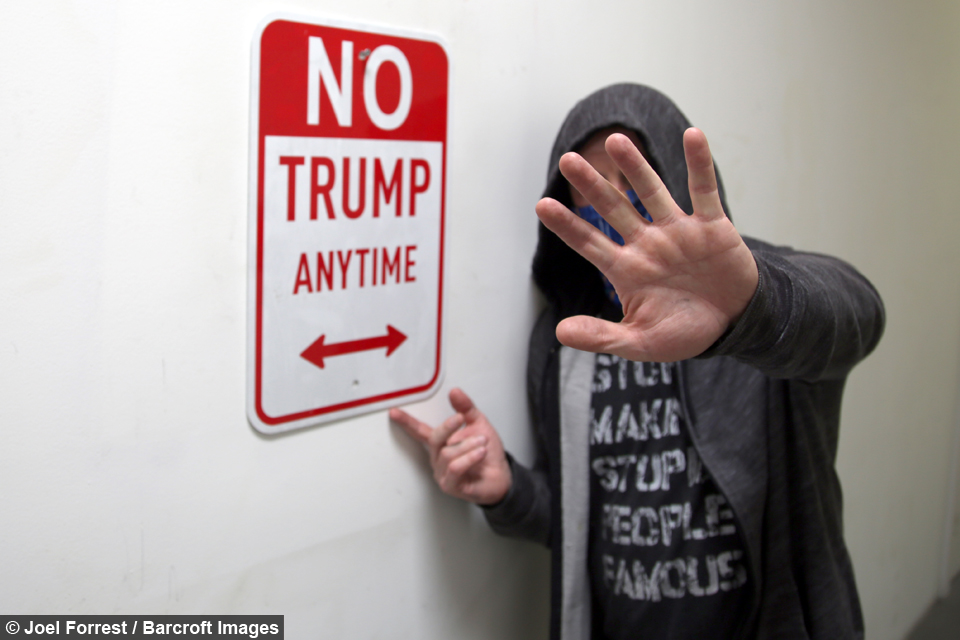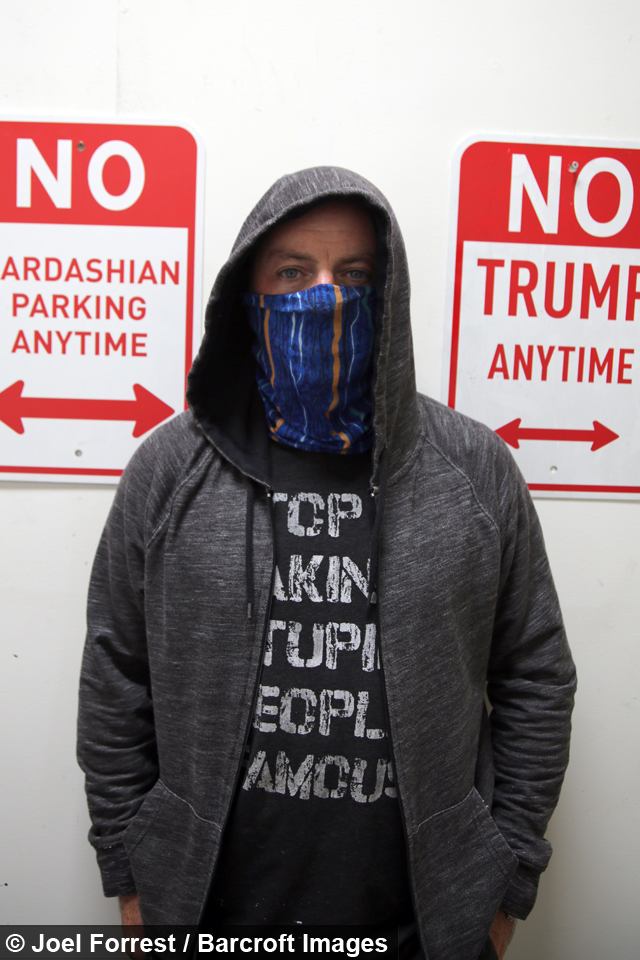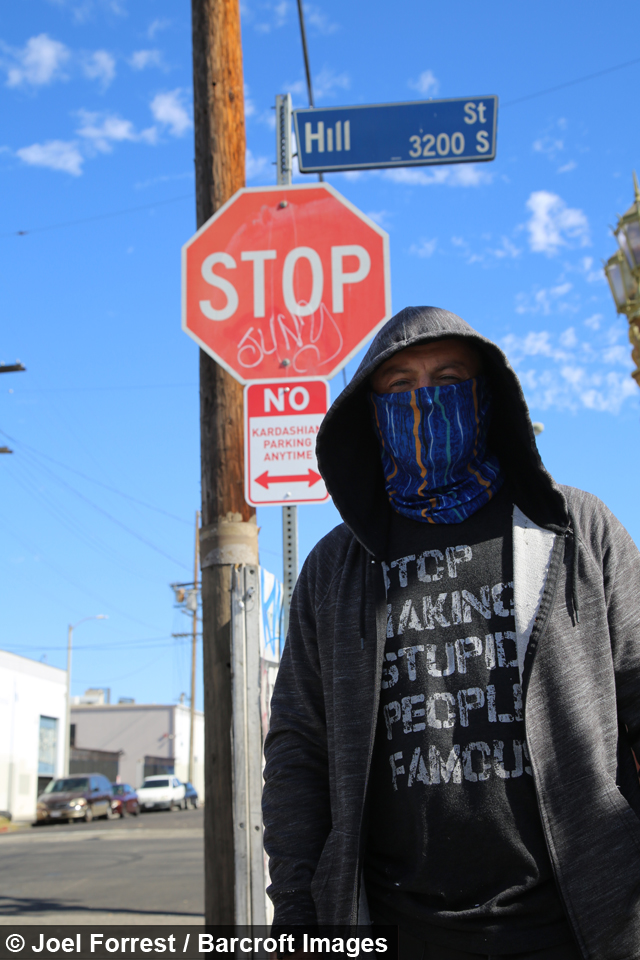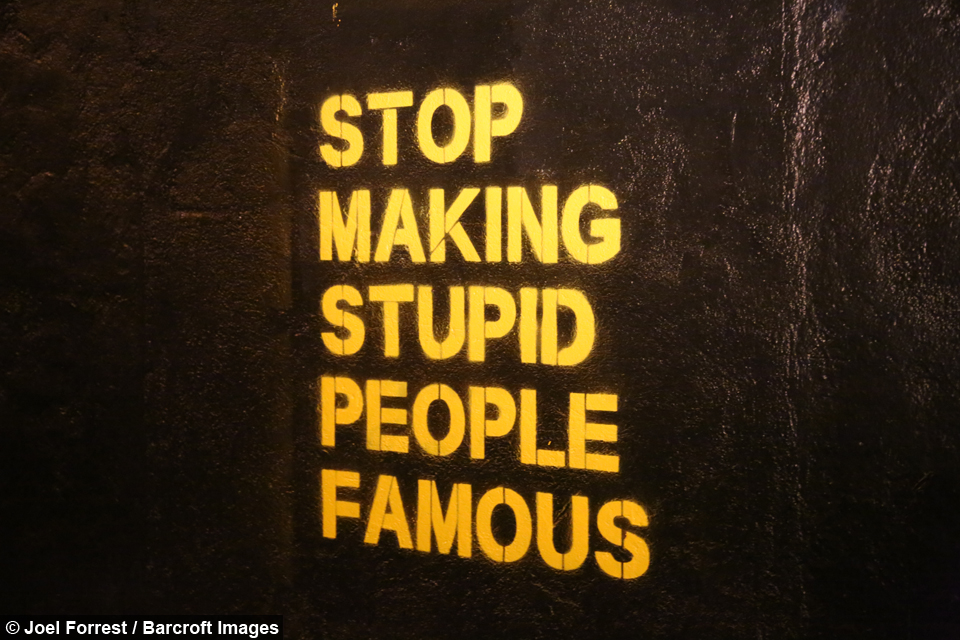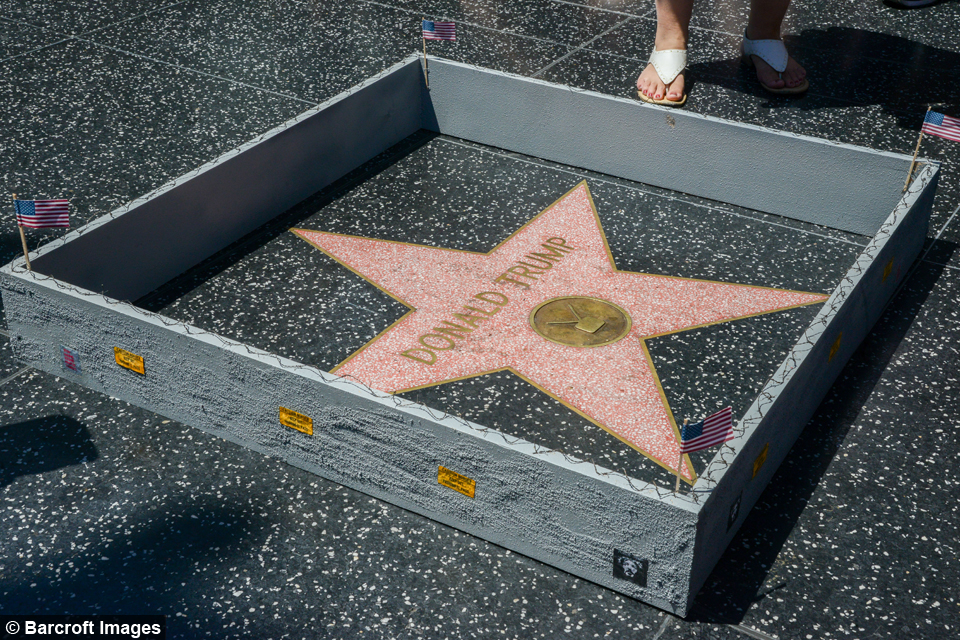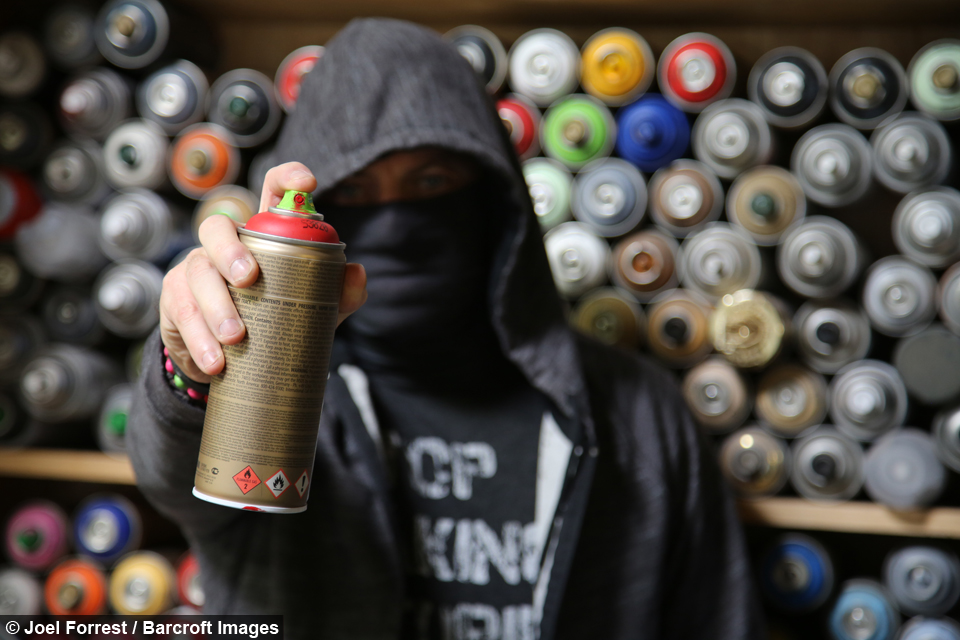Plastic Jesus: The LA Street Artist Targeting Trump
By Crystal Chung @crystalkchung
Scroll down for the full story
Videographer / director: Joel Forrest
Producer: Crystal Chung, Nick Johnson
Editor: Joshua Douglas
The artist, who has been hailed as the Banksy of Los Angeles, hit the headlines in July when he built a miniature concrete wall around Trump’s star on the Hollywood Walk of Fame.
The wall was six inches high and featured barbed wire, tiny “keep-out” signs, and an American flag, a reference to Trump’s campaign promise to build a wall along the Mexican border.
The mock-wall followed another anti-Trump stunt in May when the mysterious artist designed ‘No Trump Anytime’ parking signs that appeared in cities across the US.
In a rare interview the artist, who keeps his identity a closely guarded secret, explained: “I put a lot of No Trump signs around. I put them up in Washington DC, New York, Chicago, here in Los Angeles. They went viral online.”
Plastic Jesus also used the Republican Presidential candidate for street art inspiration in September 2015 when he produced a series of $100 dollar bills adorned with Trump’s image and wrapped in currency straps saying ‘Worthless”.
Not surprisingly, Plastic Jesus reveals that his Trump works have attracted a mixed response.
He said: “I got a lot of support, and I got a lot of hate as well from Trump supporters.”
Plastic Jesus is a former photojournalist from London who moved to Los Angeles in 2007 and only started working on street art four years ago.
Prior to his Trump installations, his most famous works were road signs reading, “No Kardashian parking anytime” and a life-size Oscars statuette on its knees snorting cocaine which appeared in the middle of Hollywood Boulevard in February 2015.
He decided to create the controversial piece in order to dismantle Hollywood’s polluted facade by exposing its dark side.
The artist, who is in his 40s explained: “I first started on street art four years ago because I was becoming increasingly frustrated with the dominance of celebrities in reality shows and with the way media is going.”
He adopted his name when he moved to LA and noticed drivers with a small plastic Jesus figure on the back dashboard of their cars.
He said: “Little plastic Jesus figures are there to remind these people of their morals, beliefs and their ethics. And by doing street art, that’s what I hope to get out of people, to make them question their beliefs and ethics.”
Once his street art is complete, the former journalist often likes to see how members of the public react to his work.
He said: “When my pieces are up, I often go back to just hang out and take a few pictures of the reactions.
“I want to see how the public interact with my work, their reaction and to hear their comments.”
“The thing about street art that attracts me is, firstly there is no editing. There is no editor. You can put anything out there. It’s not like a newspaper or website where somebody is editing it and decides what is acceptable to put out there. You can put any message you like on the streets.”
The former journalist said: “Most of my pieces are current affairs and news or political commentary. I think having spent 20 years as a photo journalist, a lot of my background there comes into place.
But the artist claims that his intention isn’t to tell Americans how to vote in next week’s election.
He explained: “The whole message behind my art is really not to tell people what their opinion should be or how they should think. You know, anybody can campaign on a wall somewhere.
“To make people question their ideas and their opinions, that’s what I set out to do.”
